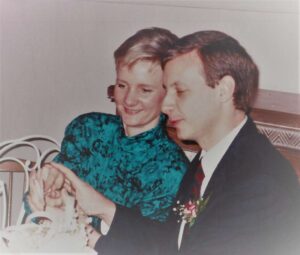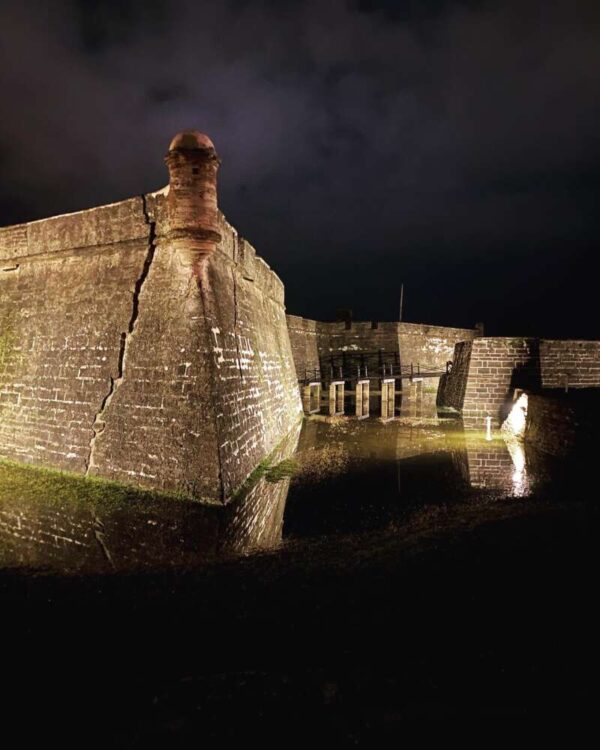
Winter blues and an urge to explore prompted our 12-day tour of the Sunshine State, March 10 – 21, 2022. Travelers: one of my daughters, my husband, and moi.
March 10
A successful snaking and circling of the same old (but repaved) convoluted traffic patterns brings you to the spiffy-new LaGuardia Airport terminal. I still hold a place in my heart for the 1964 terminal, which, in 2014, a pol likened to that of a “third world country.”

LGA Terminal
Evening flight to Jacksonville. The JAX airport has tons of rocking chairs, a creepy giant person in a window,
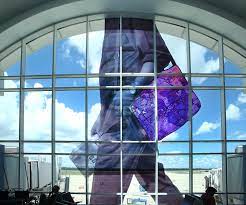
JAX Airport Window: creepy giant person
and a beautiful art installation in the baggage claim area. “The River” by Peter Hite is composed entirely of postage stamps.
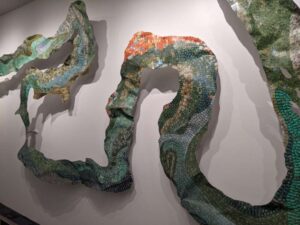
Part of “The River”
We rented a car in the terminal and were directed to the garage across the street. The man in the Budget booth glanced at our contract and said, “Wait here.” Twenty minutes passed, customers coming and going, their cars delivered to them, easy as you please. The man assured us, “Your car is coming soon. It was parked two miles away.” Oh.
Ten minutes later, still waiting, we showed the contract to three women in Budget uniforms, chatting nearby. One of them found the car 100 yards away, parked in the aisle in front of us. “Next time, ask one of us, not him!” They laughed, throwing oblique looks at the man in the booth.
March 11
For much of our east coast tour, the Sunshine State gave us 50s, 60s, wind, and rain. The first day, we drove around Jacksonville in the downpour, fondly recalling our umbrella stash back home. We admired the exteriors of rain-soaked buildings, the performing arts center, a huge county courthouse, and the public library with an owl sculpture.
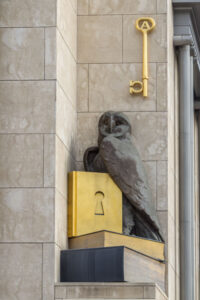
Jacksonville Library
Then, a pleasant surprise. We happened upon MOCA, the Museum of Contemporary Art, and dashed inside. Damply, we enjoyed the installation “Letters of Love” by Chiharu Shiota,
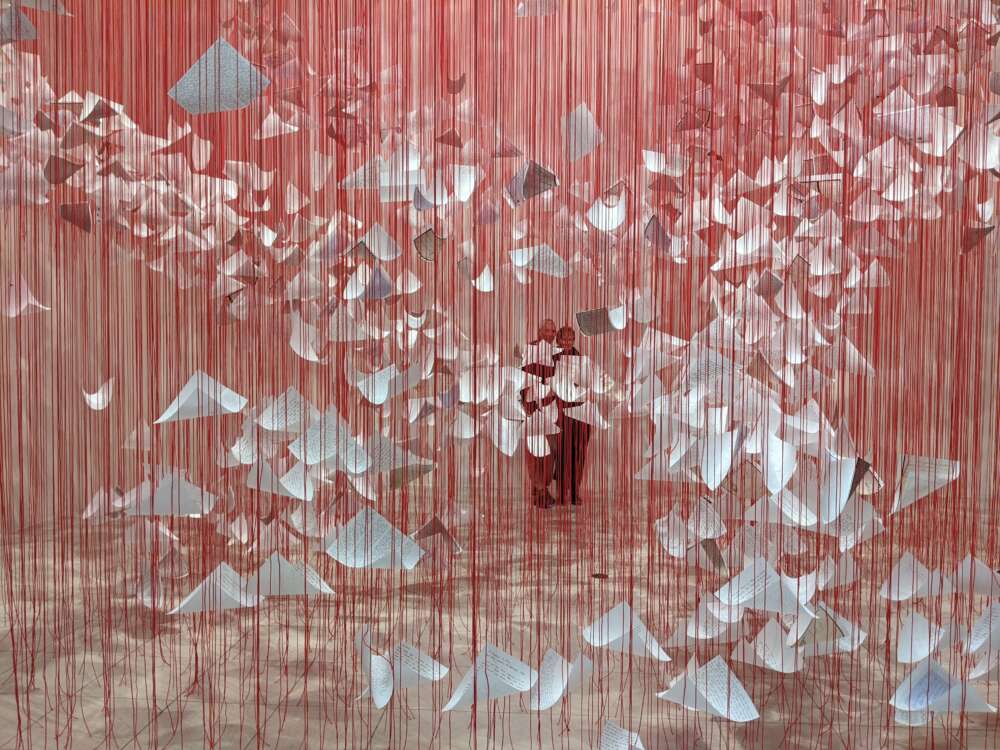
Hubby and me behind Letters of Love
and works by Karen Seapker, Didier William, Jiha Moon, and Jessica Hische.
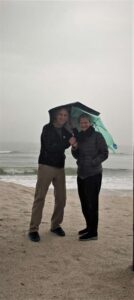
Vilano Beach
Facing up to reality, we purchased umbrellas at Target.
Driving south on coastline Route AIA in blinding rain, we got out to look at Vilano Beach for 5 minutes during a slight let up. The wind laughed at our flimsy umbrellas.
A beautiful beach. This was our second 5 minutes on this beach. We’d been here in 50-degree weather in February 2020 [see photo in Travelogue (4)], when we vowed to return on a nice weather day. Oh well.
St. Augustine hotels were full, so we checked into a Quality Inn, 20 minutes away in Elkton. PUBLIC SERVICE ANNOUNCEMENT: Avoid The Un-Quality Inn of Elkton at all costs! Our ground floor room, which smelled like cigarette smoke, had a jimmied door lock and faced the parking lot, where a man sat in his car for hours, staring at us whenever we entered or exited. Quality Inn customer service responded to my negative review with a four-paragraph apology email, expressing the “hope to see you back again, so we can show how we improved and give you a far better experience!” Sorry to dash your hopes.
At 7 p.m. the rain stopped. We gladly hightailed out of our rooms, back to “the Oldest City in the U.S.” Had a lovely walk around historic Castillo de San Marcos National Monument and through the old City Gates to the pedestrian mall with shops on St. George Street.
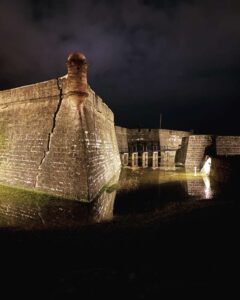
Castillo de San Marcos National Monument
At 9 p.m., it started raining again.
March 12
Drove south on AIA, arriving in Daytona Beach around noon. The rain yielded to a cold, gray, windy day on the last weekend of Daytona Bike Week. Leather-clad bikers paraded their noisy machines, many blasting music from speakers. The bikers came in all shapes, sizes, colors, and ages (Boomers predominating). At an outdoor beer garden on Main Street, a band played a cover of the 1967 hit, “Sunshine of Your Love” by Cream.
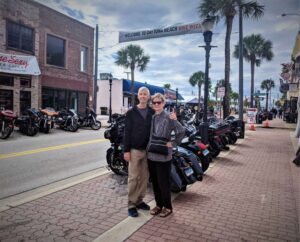
Do we look cool?
After Main Street, we took a cold walk on the famous beach of flat, hard-packed sand you can drive on, though we didn’t see any beach drivers or many beach walkers for that matter. Too cold. On the boardwalk that isn’t a boardwalk (brick and concrete) we read commemorative plaques with world records from past races.
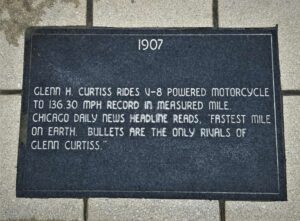
“Bullets are the only Rivals”
Out of Daytona on Route 1 south (because AIA dead-ends halfway down the barrier reef), we spied Cape Canaveral in the distance, then cut back to AIA at Cocoa Beach, through neighborhoods of small, well-kept homes and passed Patrick Space Force Base. An hour before sunset, we stopped at Sebastian Inlet State Park and enjoyed watching the fisherman and beautiful waterfowl. Dinnertime! Dozens of pelicans put on a show, dramatically divebombing for fish.

Bird at Sebastian Inlet State Park
Continuing south to Fort Pierce, we checked into our hotel and went to dinner at Tutto Fresco in Port St. Lucie. Delicious food, highly recommended!
March 13
Drove west, inland to Lake Okeechobee. Not much of interest in the nearby town or barren landscape surrounding the lake, with many RV communities. After picnic lunch in the small Lake Okeechobee Park, we drove 12 miles to the “Scenic Trail” entrance. Not well marked, missed it, found it. Walked a couple of miles on the lake rim, turned and walked back. Saw Rainbow Lizards (agamas) and other interesting critters.

Rainbow lizard
Returned east, went over the Seaway Avenue Bridge to Hutchinson Island and south on AIA. We stopped at Frederick Douglass Park for a long walk on the cold, windy, empty beach. Beautiful surf. We continued south on AIA to downtown Stuart for an enjoyable evening strolling the boardwalk along St. Lucie River and streets of shops and restaurants. Ate at Spritz City Bistro followed by ice cream at Kilwins on Osceola St. Good choices! Recommended.
March 14
Checked out of Fort Pierce and drove south on I-95 for about an hour, then back to the coast, Route 704, the Royal Park Bridge, south on AIA through ritzy neighborhoods, Mar-a-Lago and Palm Beach. Stopped at Phipps Ocean Park for a long walk on the beach, the weather starting to warm up, sun peeking through clouds. A nice park with crowds of huge iguanas. We loved watching them, even if Palm Beach wants to get rid of them. Euthanasia services are available. 😬

Florida Iguanas
A bit further south, we had picnic lunch at Ocean Inlet Park. We weren’t as impressed with this park, possibly because the weather turned nasty again!
To speed up the trip, we took I-95 to Miami, arriving at 5:30 p.m. Checked into our nice, clean Air BnB apartment in the “Barbizon” building on Ocean Drive in South Beach.
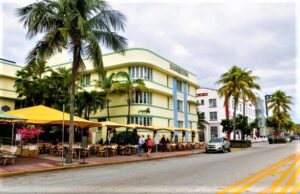
The Barbizon
Despite “Spring Break” season, our place was relatively quiet, the streets not overly crowded. Bad weather will do that, even in Miami! At sunset, we walked on the “boardwalk” (brick pedestrian walkway) to South Pointe Park (yes, spelled like pointe shoes!), where you can see, across the water, Port Miami’s cruise ships, the Miami skyline, and Fisher Island.
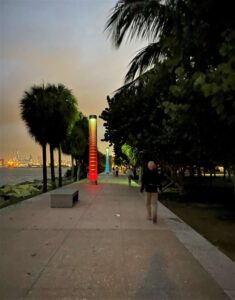
South Pointe Park
On the way back, we admired the Art Deco buildings in South Beach and had a delicious meal at Kalamata Mediterranean Cuisine Restaurant. Recommended!
March 15
Big beautiful beach and, dadgum it, we were going! The weather report said low 70s, intermittent showers. I sat on my towel, battered by blasts of rain, bravely clutching my Target umbrella that shuddered in the wind. Gave up.
Less wind in Lummus Park, which runs between the beach and Ocean Drive. We enjoyed watching women’s college volleyball matches as the rain diminished to sprinkles.
Late afternoon, took a long walk over the AIA Bridge to Miami (MacArthur Causeway), looking down at the cruise terminals and coast guard facilities. Just okay, not too exciting. On the way back, dashed into a Publix, barely avoiding the next torrential downpour!
That evening, we drove across the bridge and toured several neighborhoods in Miami. Most interesting was Wynwood, the design district, where people on the street listened to live percussion.

Design District Miami
Back in South Beach at about 9 p.m., got a sidewalk table at La Locanda. Delicious Italian food, a good choice!
March 16
Finally, a real beach day, sunny and low 80s, but we had to check out of the Barbizon! Goodbye South Beach. We donned bathing suits, packed up and drove up the coast to North Beach Oceanside Park.
Sun and swimming in turquoise blue water. Woo-hoo! This is the life!
Or…risk of death? What are those weird blue balloons all over the beach? Dead jellyfish? Didn’t know at the time but found out later that the “Portuguese Man-of-War” is multiple organisms combined. Saw one wiggling its pointy end.

Portuguese Man-of-War
Beware! If alive, the tentacles sting.

Stinging tentacles
No worries. Stings are painful but only “rarely fatal.”
Late afternoon, west to Naples on I-75, known as “Alligator Alley” or the “Everglades Parkway.” If there were alligators, we didn’t see them. High winds pummeled the car, and a flash downpour brought traffic to a creeping pace for 10 minutes. Literally couldn’t see a thing. A minute before the rain started, birds frantically flapped away and disappeared. They knew what was coming and weren’t sticking around.
March 16 p.m. – March 18
Wonderful visit in Naples with my sister and brother-in-law. 80s and sunny. We spent time at the pool and on the Gulf beach at Lowdermilk Park.
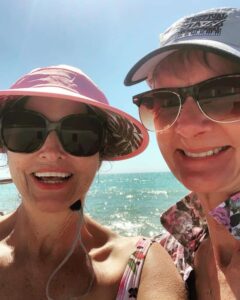
Sis and Me on Naples Beach
Looking for good food in Naples? (other than my sister’s cooking) Saigon to Paris Café has a unique menu featuring, you guessed it, French and Vietnamese cuisine. Delicious!
Left Naples the evening of March 18 and drove north on I-75 to Nokomis, where we checked into the Home2 Suites at about 8:30. A very comfortable, new hotel. The desk manager Tony helps you remember his name by lifting his leg and pointing twice: “Toe, knee!”
Night life in Nokomis is less impressive, however. Toe-knee recommended, Pop’s Sunset Grill, supposedly open for dinner until 10 p.m. At 9:05 the place was bursting with happy eaters. We asked for a table and they turned us away! The kitchen had just closed.
A couple of other restaurants looked closed as well, so we decided to pick up something to fix in our little kitchen at Home2Suites. The Publix was closed. Seems 9 p.m. is time to shutter the town of Nokomis. We barely made it to another Publix 20 minutes away before it closed at 10 p.m.
March 19
I don’t have much else to say about the Nokomis-Venice beach area. It may be very lovely, but even Toe-Knee couldn’t convince us to stick around. We drove north and went to the Sarasota County Fair. Chickens, goats, rabbits, “swine,” cows, and even camels. Elaborately patterned roosters were my favorite.
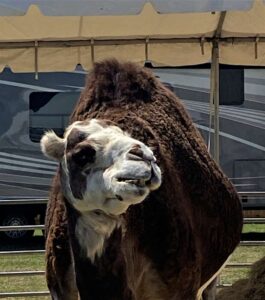
Camel at Sarasota County Fair
After that, we went to the Ringling Museum of Art. An absolute MUST SEE if you find yourself in Sarasota. John Ringling (1866-1936), the fifth of seven Ringling Brothers, was one of the wealthiest men in the world until he went belly up in the Great Depression. He bequeathed his leftovers—his art museum and home—to the state of Florida.
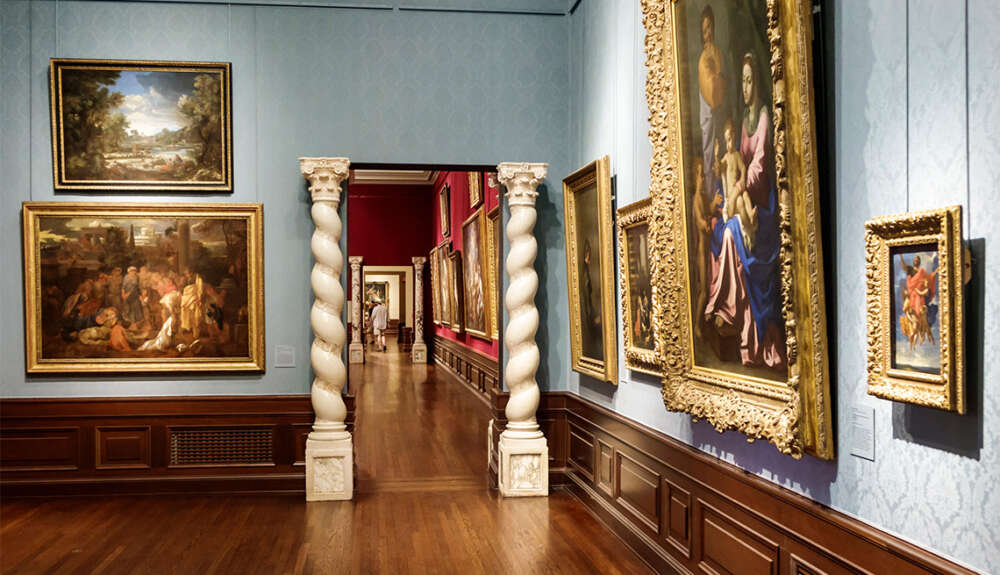
Ringling Art Museum
No small thing. The art collection is huge and astonishing. His home Ca’ d’Zan (“The House of John” in Venetian dialect) is a 30-room mansion inspired by Venetian Gothic palaces, with a terrace extending to the Gulf’s edge. After touring the mansion, we stood on the terrace and watched fish leaping five feet out of the water. We figured they must be reincarnated circus performers.
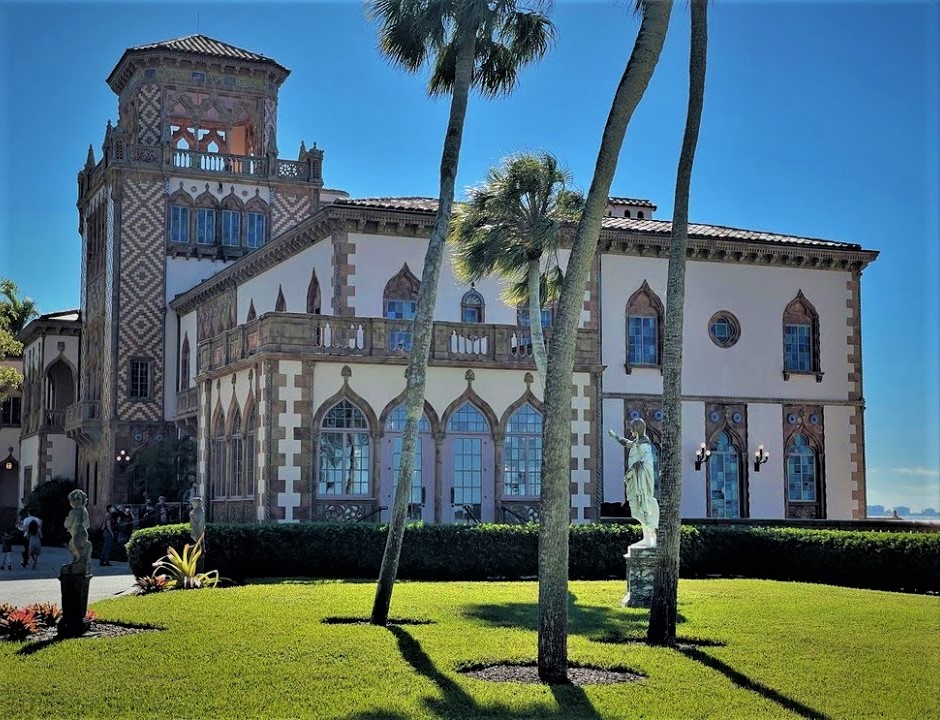
Ca’ d’Zan
Drove north over the fantastic Sunshine Skyway Bridge (see Travelogue 4) to Indian Rocks Beach, where we’d booked a suite for two nights at the Holiday Inn & Suites Harborside, 401 2d St. Check in was interesting.
A young man named Clayton (new on the job?) was behind the desk with his manager. Upon hearing my name, the boss said, “Oh! We were just talking about you!” She launched into a lengthy explanation and apology. We’d have to switch suites in the morning because a plumber was coming. No worries, the plumbing works, but the access point to the problematic plumbing is in our suite. So sorry. They’ll do everything possible not to disrupt our stay. If we plan to be out in the morning, they will happily move our luggage and hold it in the office because they don’t even know where we’ll be moved. Everything depends on who checks out first. On and on. Okay.
Went to the suite, opened the door, stopped dead in our tracks. The place was full of possessions, including a half-full bottle of tequila and glasses on the kitchen counter. Didn’t stay long enough to see who’d been drinking.
Returned to the office where Clayton was now alone. I slapped the keycard down. “This suite is occupied!” He rolled his eyes and exclaimed, “Of course it is!” before running into the back room. Hmm… Clayton seemed to know something about our suite that maybe the boss didn’t. Had she disbelieved him? Exerted her ill-informed authority to cause him humiliation in front of a hotel guest? I was not to find out.
Minutes later Clayton returned, sans boss, and explained that the suite was an Air BnB rental. Oh. Tension mounted as he typed and jabbed at his keyboard endlessly. No vacancies? The place was hopping with people. I was mentally planning a lawsuit for breach of contract when Clayton, finally, produced a new keycard. This suite was just like the one we’d reserved, he said, but so sorry, it’s on the other side of the building, no harbor view, so the boss took $200 off our bill. We’d still have to switch in the morning.
Luckily, the new suite was uninhabited. But, what? “Switch in the morning” was really annoying and made no sense at all. Harborview? Who cares? I called the office. “Right, of course! Let me ask!” Clayton put me on hold for a consult with the boss and returned with a promise of two uninterrupted nights!
Once settled, we liked the place. The town was very busy. That evening, we scoped out several restaurants, all with wait times, and decided on PJ’s Oyster Bar. Had a drink and waited 45 minutes with the overflow crowd in the parking lot. The food and service were pretty good.
For dessert, delicious ice cream at the Tropical Bar, 435 Gulf Blvd, Indian Rocks Beach. My mouth is watering thinking about this again.
March 20
Indian Rocks Beach. A warm day but very windy, making it somewhat uncomfortable. The sand is so fine that, within minutes, our towels disappeared under it. Didn’t swim but walked and had a lotta fun watching excellent kite surfers, real pros.
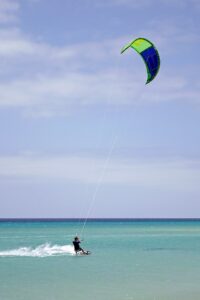
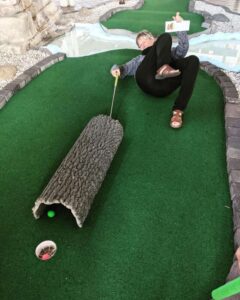
Speaking of professionals, here is an action shot from our miniature golf game (onsite at the Holiday Inn & Suites Harborside). The pink ball was inside that tunnel, I sat down to make the shot and tumbled backward as the ball rolled into the hole. Great form, eh?
Late in the day, we walked over the Indian Rocks Causeway Bridge to the George C. McGough Nature Park. Loved this little park with a long boardwalk and live animal exhibits, including 22 rescued, non-releasable birds (owls, hawks & an eagle). We also tried out the kids’ playground, which had better than usual play structures, including a zipline. Speaking again of pros, here is my daughter zipping along. (You will thank me for not including photos of myself on the seesaw and chickening out from standing on the zipline.)
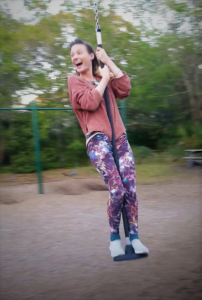
Dinner at Villa Gallace. Excellent Italian cuisine, highly recommend!
March 21
Our last day! We spent the morning at the Florida Aquarium in Tampa. Really nice, but if I must compare, the Georgia Aquarium is superior [see Travelogue (4)].

We had an evening flight out of Jacksonville. Drove most of the way on Route 301, parts of it scenic, through small towns and countryside.
Thanks for traveling along!
As vacation memories fade, it’s time to turn back to my latest writing project, a novel very different from my legal mystery series. Please enjoy all six of the Dana Hargrove novels. Power Blind (2022) is the latest and the last!
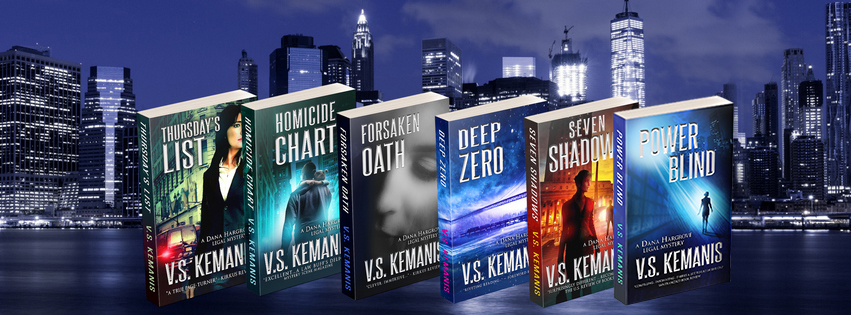
Happy trails to you! Remember to bring a good book along!
* * *


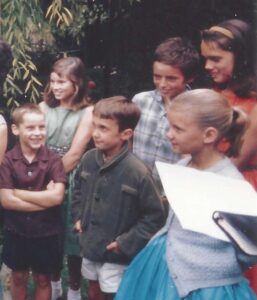
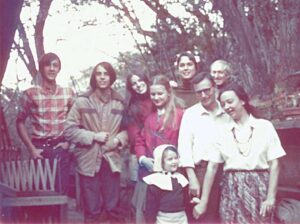
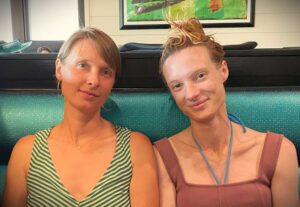

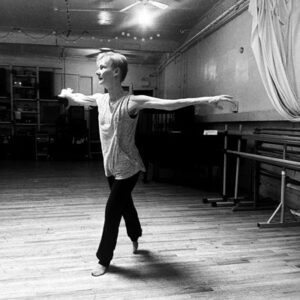
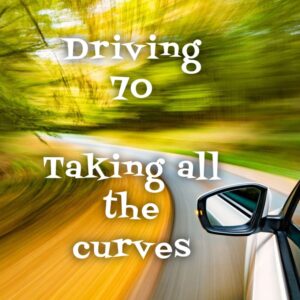
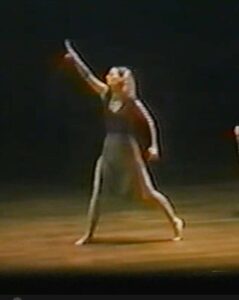
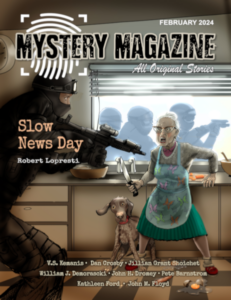
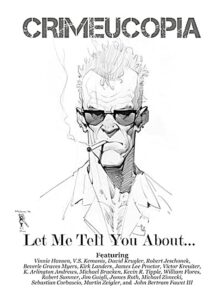
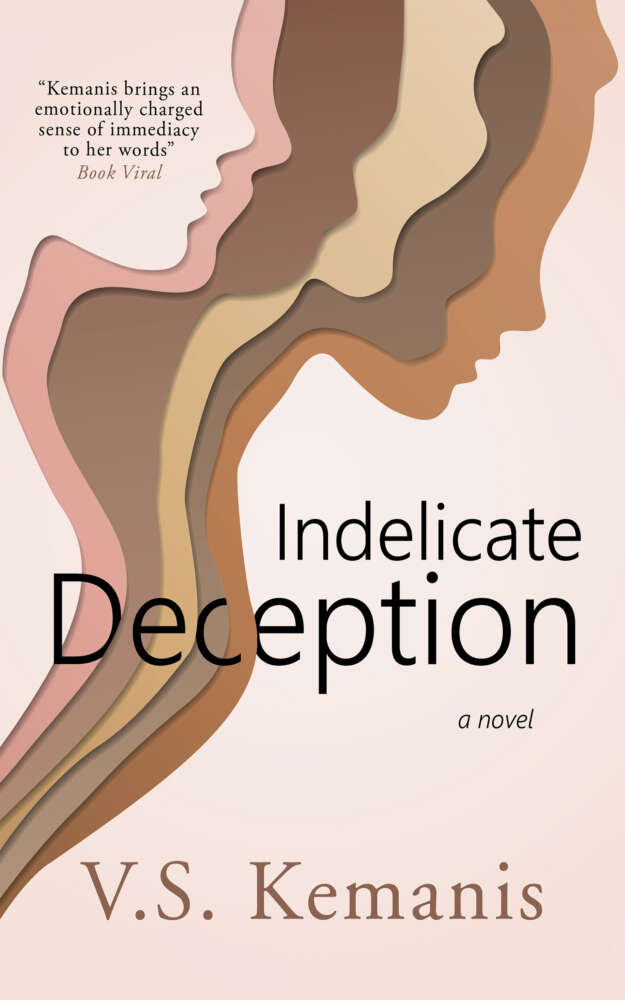


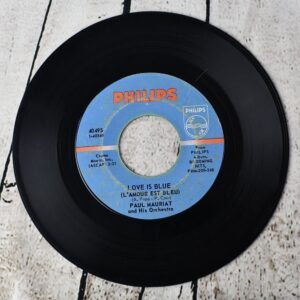
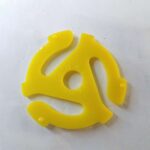
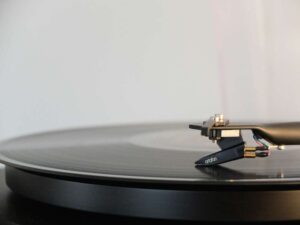
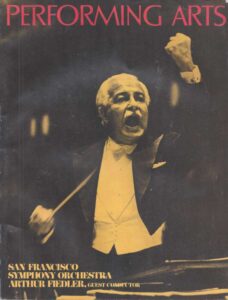
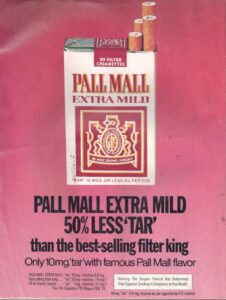
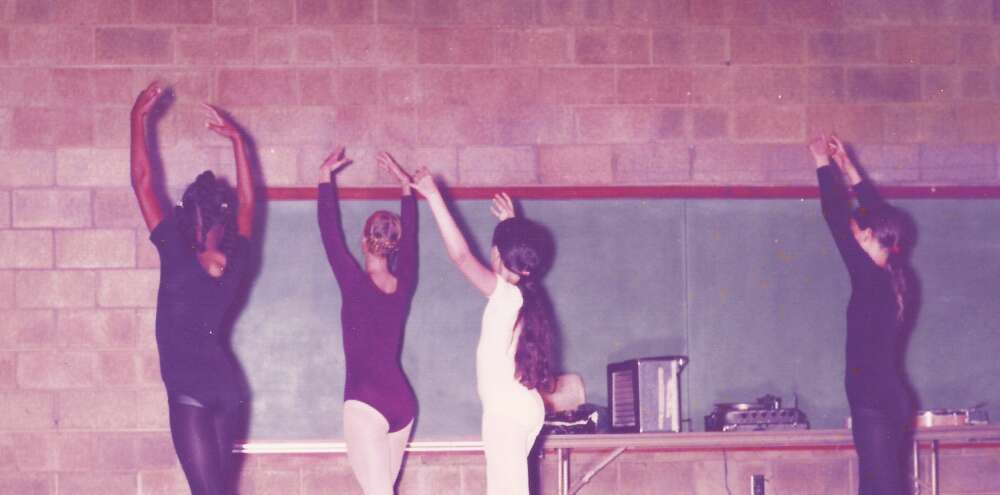
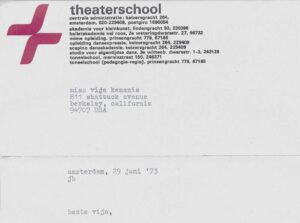
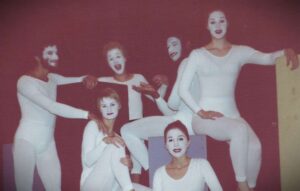
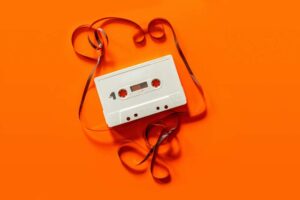
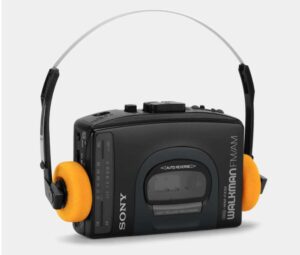
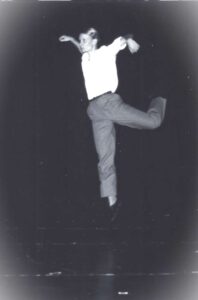
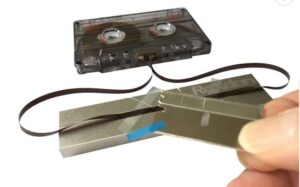
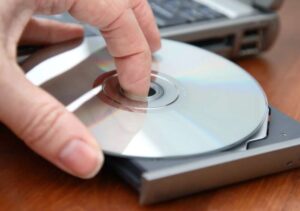
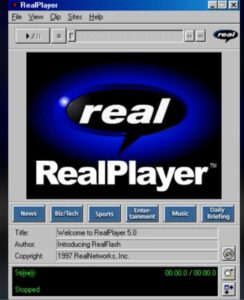
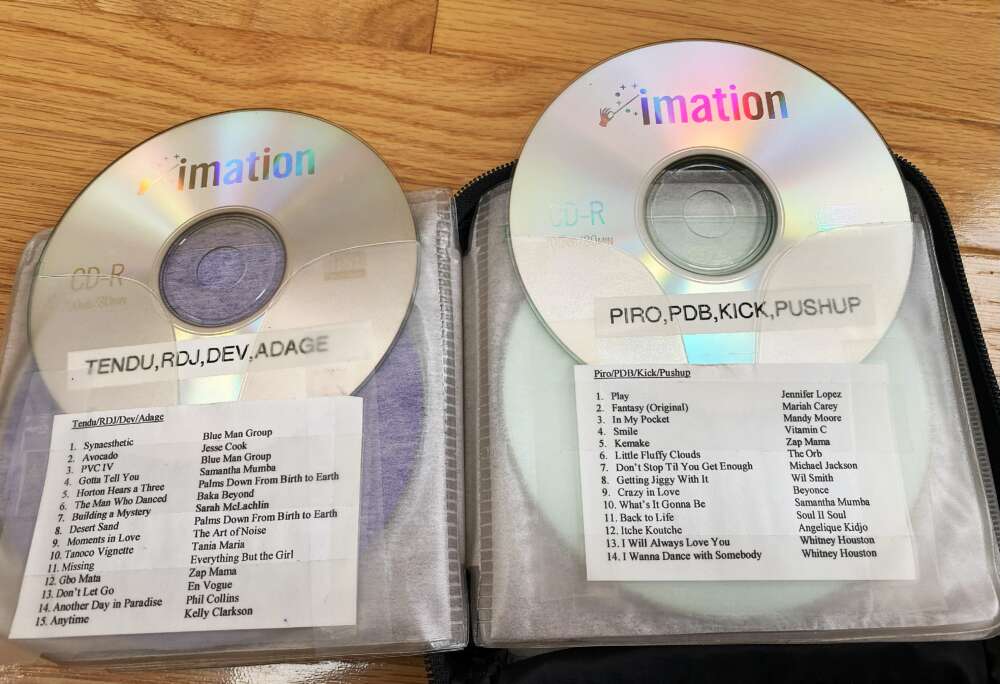

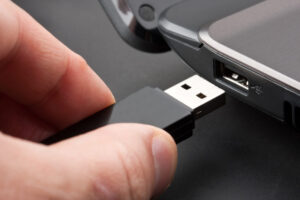
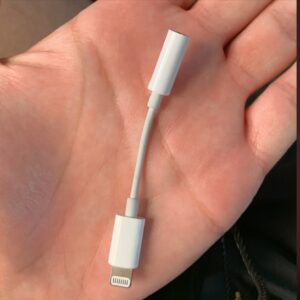
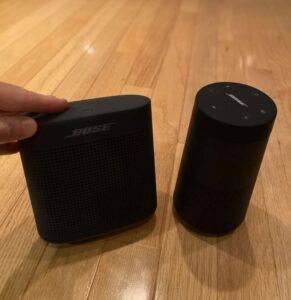
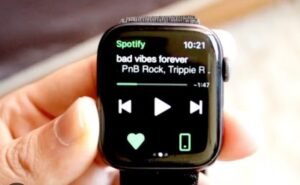
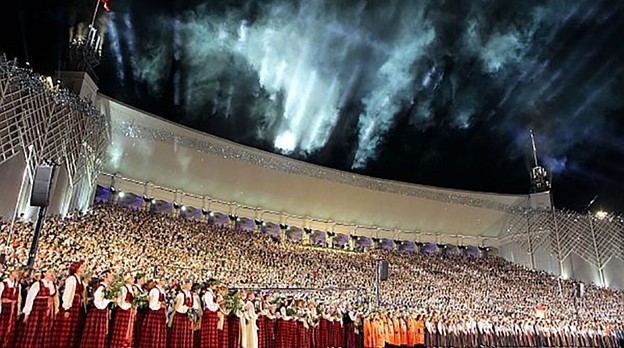

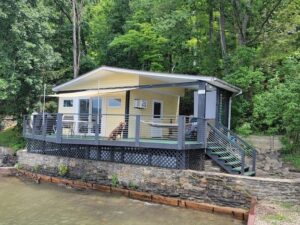

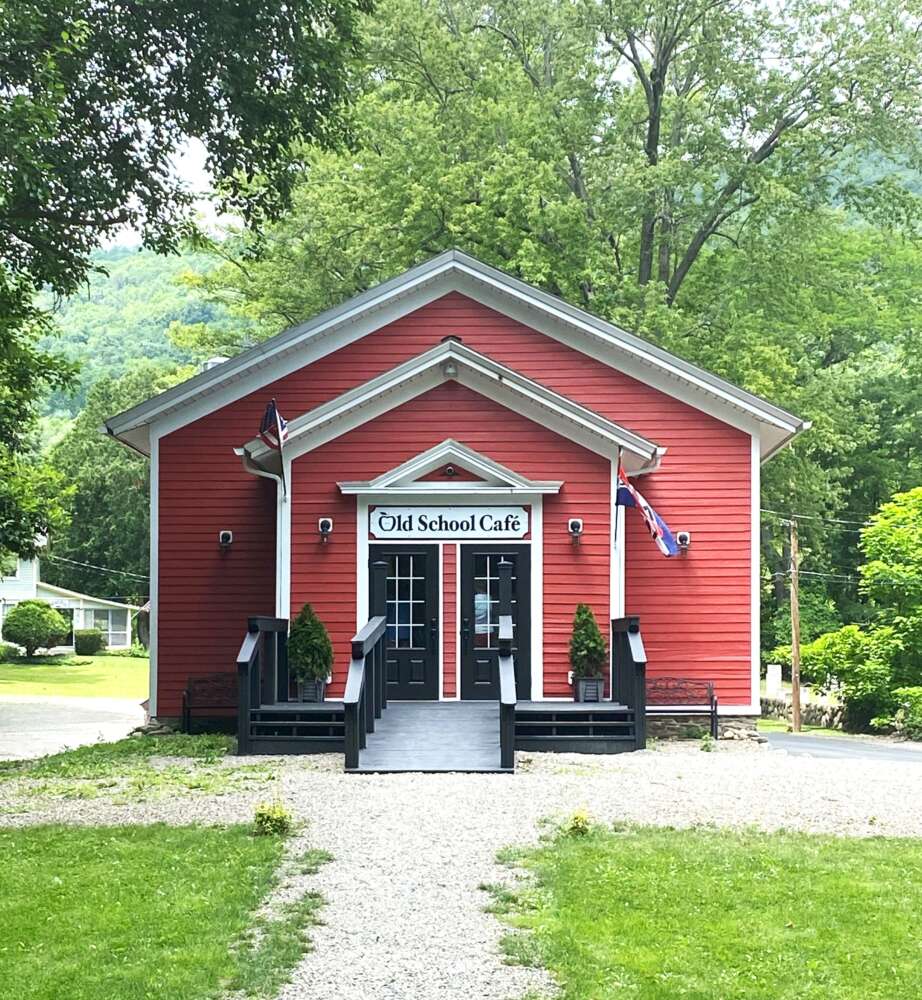


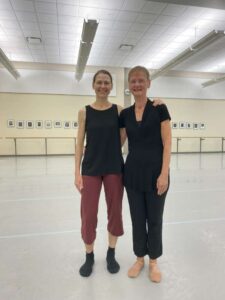
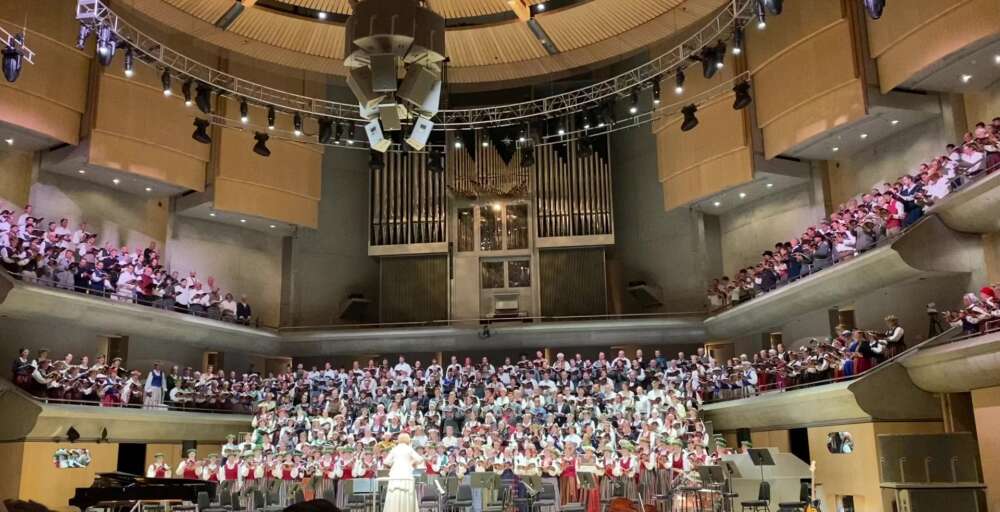



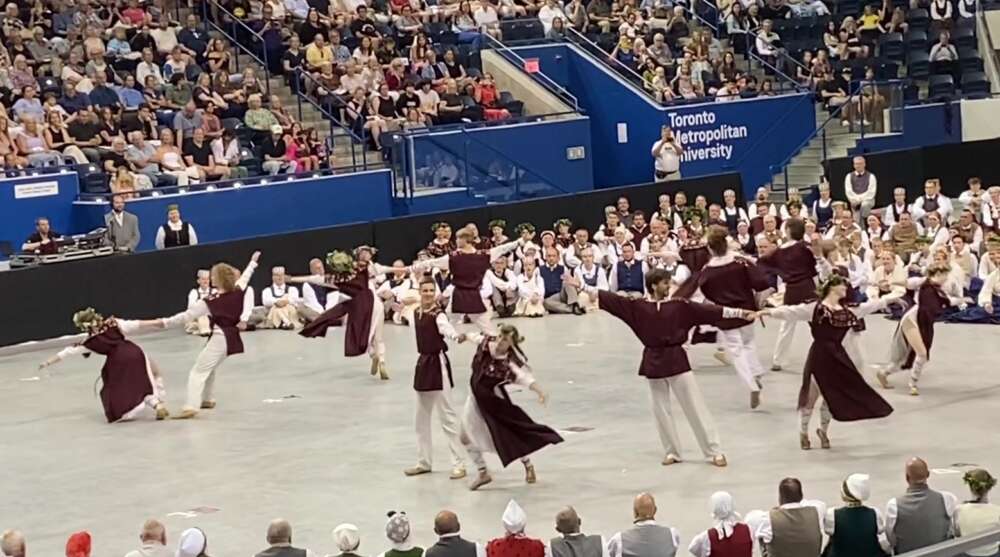
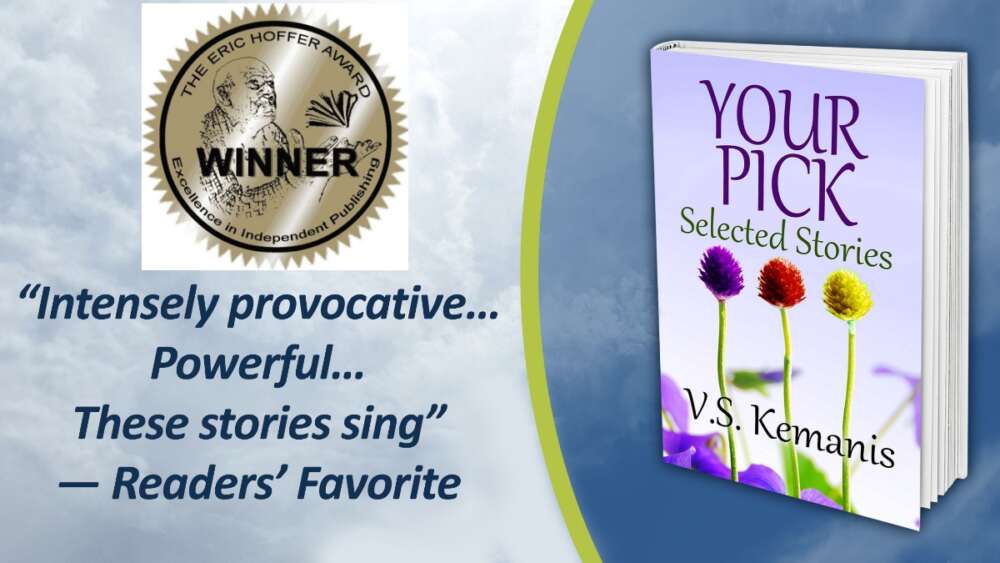

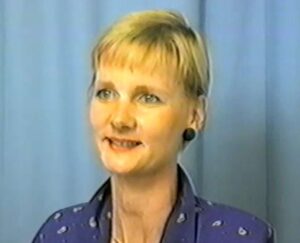
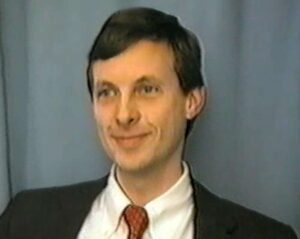
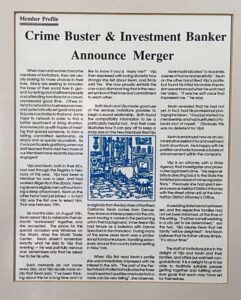
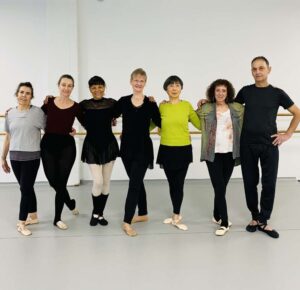
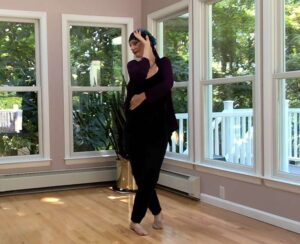
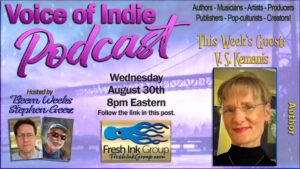
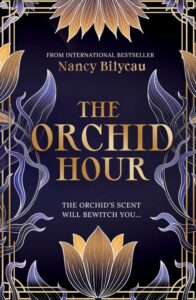
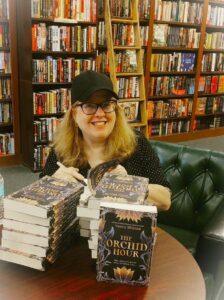
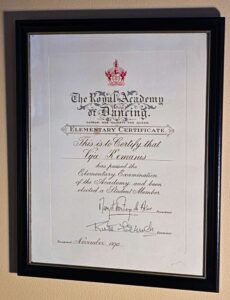
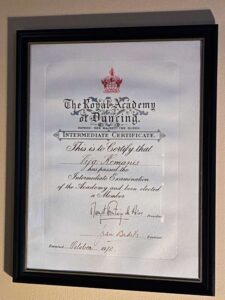
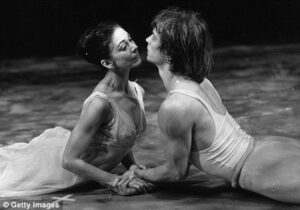
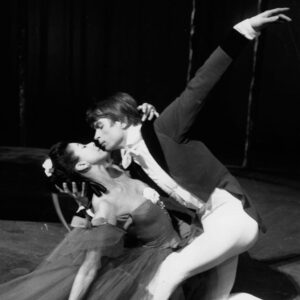
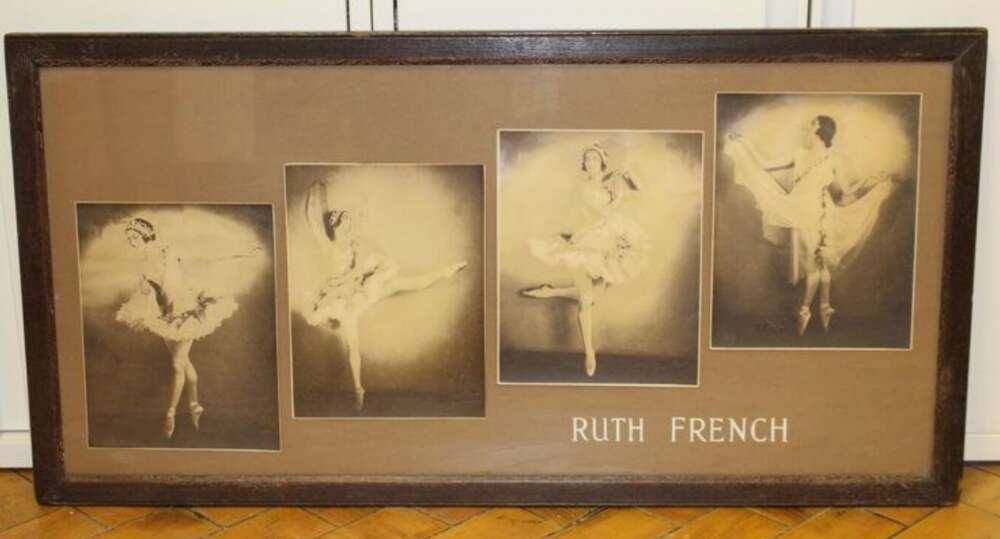
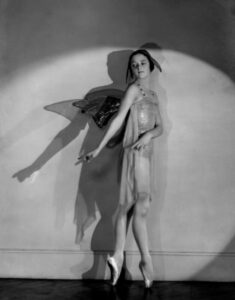 My intermediate level examiner was Jean Bedells (1924-2014), daughter of Phyllis Bedells (1893-1985), who was a founding member of the RAD in 1920 and helped develop its first syllabus. Jean Bedells performed with Sadler’s Wells Ballet, the precursor to the Royal Ballet.
My intermediate level examiner was Jean Bedells (1924-2014), daughter of Phyllis Bedells (1893-1985), who was a founding member of the RAD in 1920 and helped develop its first syllabus. Jean Bedells performed with Sadler’s Wells Ballet, the precursor to the Royal Ballet.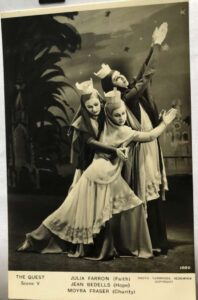
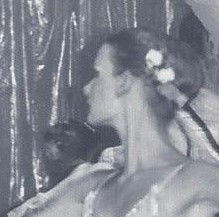
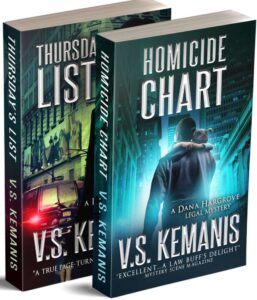

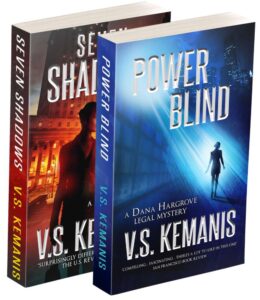
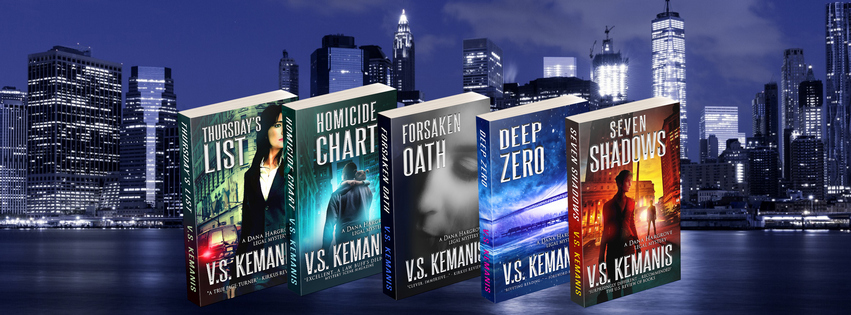
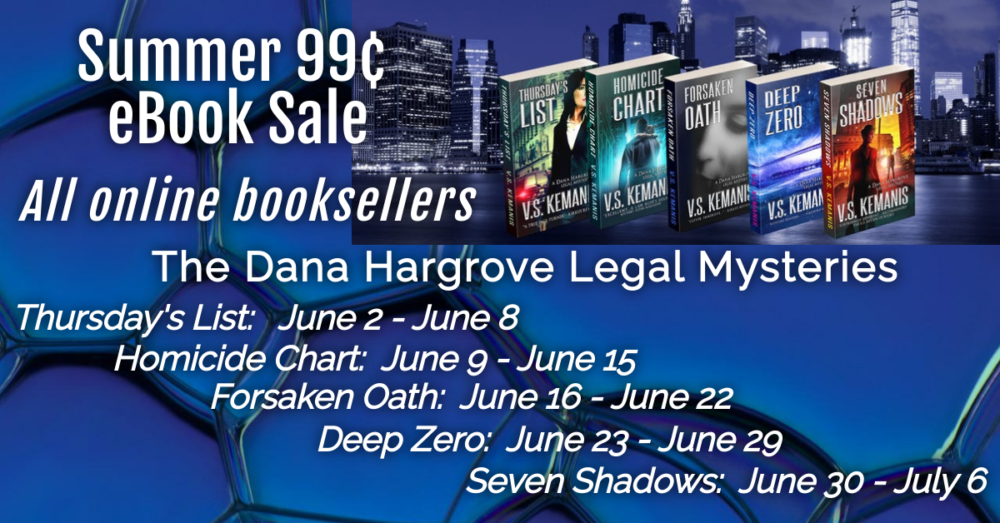




























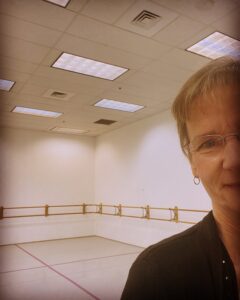
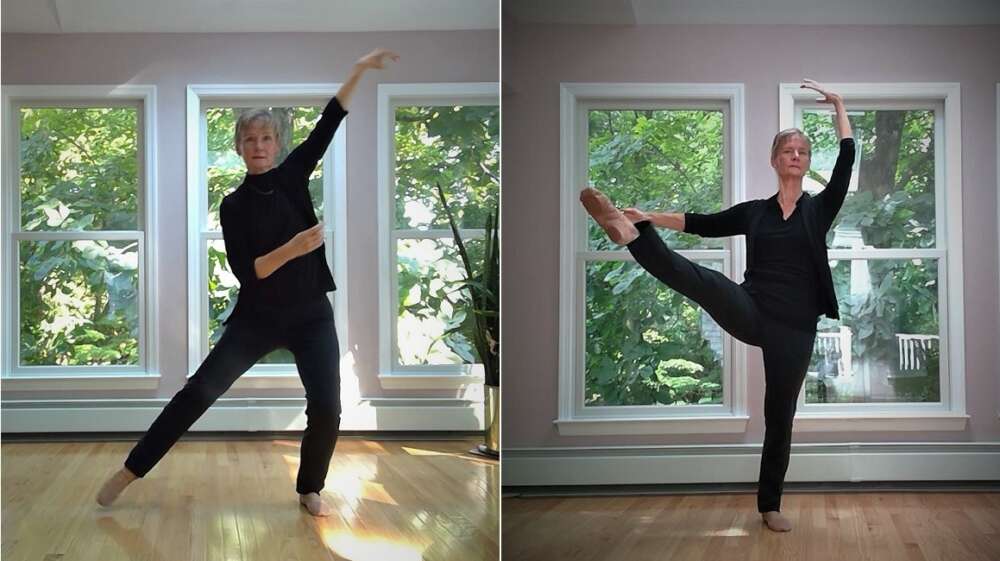
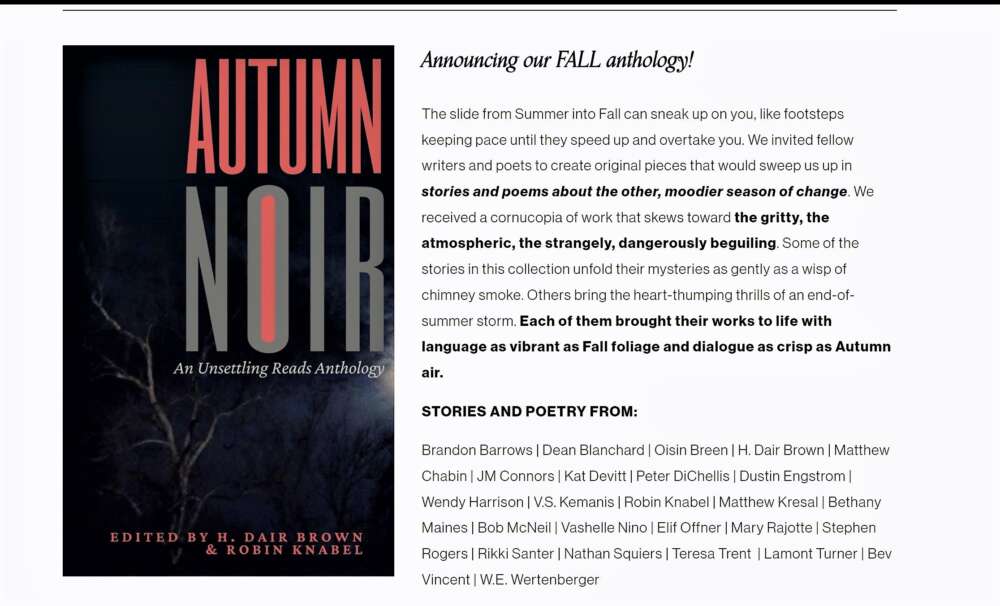
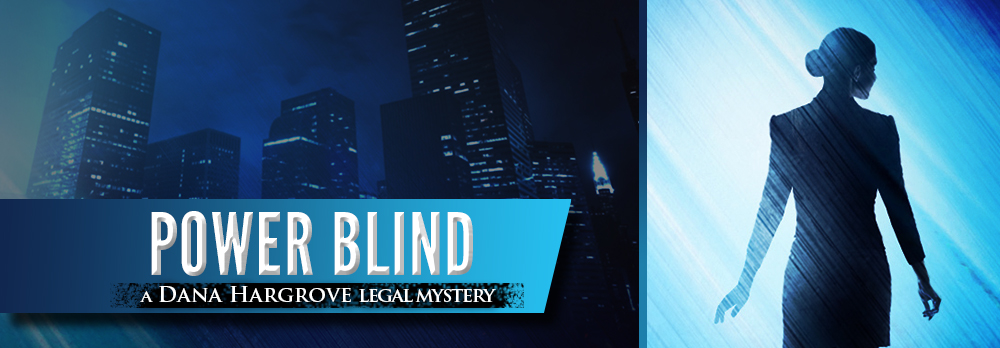
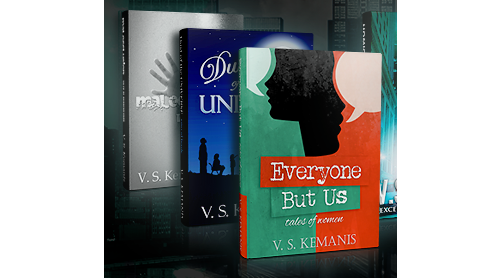
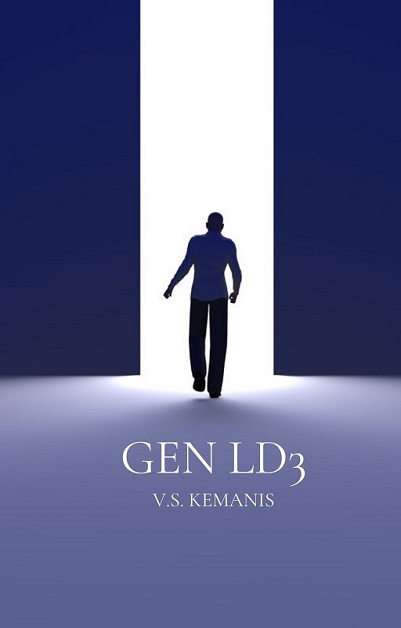



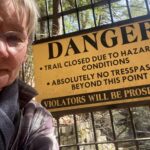

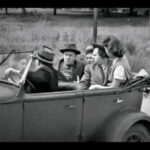 Okay, this is strange. Whenever I hear “Niagara Falls” the Three Stooges pop into my head. Their routine must’ve made an impression on this little girl in the fifties.
Okay, this is strange. Whenever I hear “Niagara Falls” the Three Stooges pop into my head. Their routine must’ve made an impression on this little girl in the fifties. 
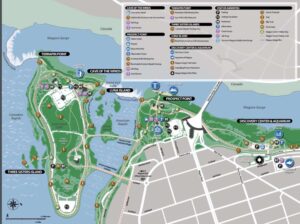
 We spent a full day walking the
We spent a full day walking the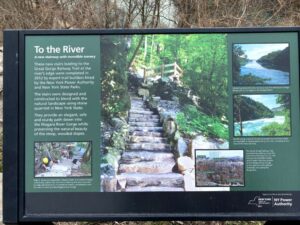 From the river basin up to the ridge, we climbed a stone stairway built by Tahawas Trails and others. Kevin built stone steps like this at Bear Mountain and other parks in our area when he worked for the New York/New Jersey Trail Conference. Here are some nice photos of Kevin in Niagara Falls.
From the river basin up to the ridge, we climbed a stone stairway built by Tahawas Trails and others. Kevin built stone steps like this at Bear Mountain and other parks in our area when he worked for the New York/New Jersey Trail Conference. Here are some nice photos of Kevin in Niagara Falls.
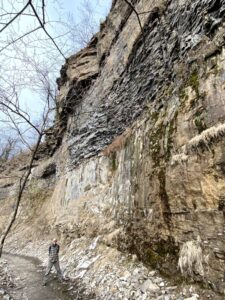
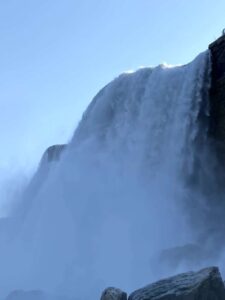
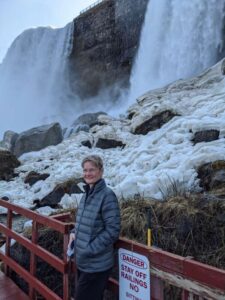

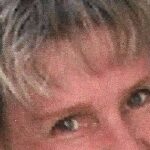
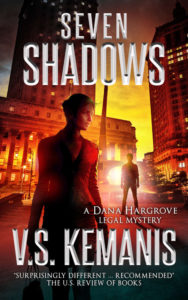

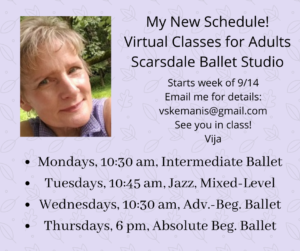 Wasn’t so easy, figuring out camera angle, sound, and virtual teaching techniques, mirroring and saying “left” when I’m on my right. A fun challenge. The sides of my brain may be permanently switched. To my dedicated group of adult dancers at
Wasn’t so easy, figuring out camera angle, sound, and virtual teaching techniques, mirroring and saying “left” when I’m on my right. A fun challenge. The sides of my brain may be permanently switched. To my dedicated group of adult dancers at 